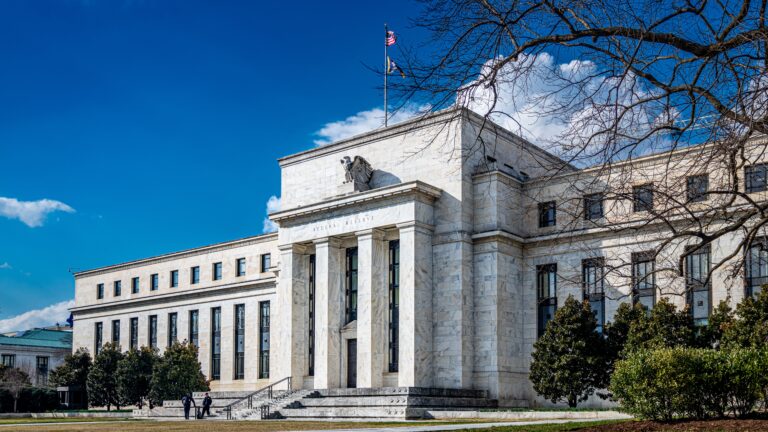
True Colors of an “Auction” Market: What the SEC Unveiled in the Auction Rate Securities Market
Executive Summary
The recent SEC investigation into the auction rate securities market found “industry-wide” violations by 15 major brokerage firms of the Securities Act of 1933.
We think that the violations uncovered by the SEC lend evidence to the opinion that the auction rate securities (ARS) market did not have the competitive bidding element.
We also think that, although the SEC action may make auctions more competitive, enforcement did not go far enough in addressing structural liquidity risk to investors.
Some of the proposed industry measures may make certain auctions more susceptible to failures, thus warranting additional in-depth scrutiny by prospective investors.
Without further substantive improvements, we remain cautious of the securities’ risk-adjusted benefits for the prospective cash investor.
Introduction
On May 31 2006, 15 prominent broker-dealers agreed to pay a total of $13 million to the Securities and Exchange Commission (SEC) to settle claims of securities violations in the auction rate securities market. News of the SEC censure in this $200 billion-plus bond market drew little media exposure; however, closer examination of the settlement document reveals a fascinating tale of intricate behind-the-scenes dealings in the auction market.
Since 2003, we have grown increasingly skeptical of the burgeoning ARS market, mostly because of unpredictable liquidity risk, insufficient offering disclosure, and lax regulatory oversight. The SEC findings helped to validate our suspicion that the so-called “auctions” in the variable rate auction market are little more than a creative market-making mechanism which enables broker-dealers to help bond issuers pay short-term interest rates on long-term borrowings. Although the practice may have an aura of legitimacy, the allegation that broker-dealers fail to fully disclose their “invisible” hands in the auctions is what prompted the SEC to start its investigation in June 2004.
In this credit commentary, we share with readers the SEC’s findings regarding the tactics that enabled broker-dealers to preserve a “zero” auction failure rate. We also assess the impact of the disciplinary action and proposed regulatory changes for investors in this market, who may hold or are considering holding these “cash” investments in their core portfolio holdings.
DOWNLOAD FULL REPORT
Our research is for personal, non-commercial use only. You may not copy, distribute or modify content contained on this Website without prior written authorization from Capital Advisors Group. By viewing this Website and/or downloading its content, you agree to the Terms of Use.
Please click here for disclosure information: Our research is for personal, non-commercial use only. You may not copy, distribute or modify content contained on this Website without prior written authorization from Capital Advisors Group. By viewing this Website and/or downloading its content, you agree to the Terms of Use & Privacy Policy.

